Today, the biggest news comes from Crimea.
Here, a sustained campaign of strikes has set major fuel depots and key electricity nodes ablaze has pushed the peninsula into acute fuel and power shortages. With fuel shortages worsening, and the Russian state unable to deliver on promises of solution, ordinary residents are beginning to ask whether they want to continue to live as part of Russia or need another referendum.
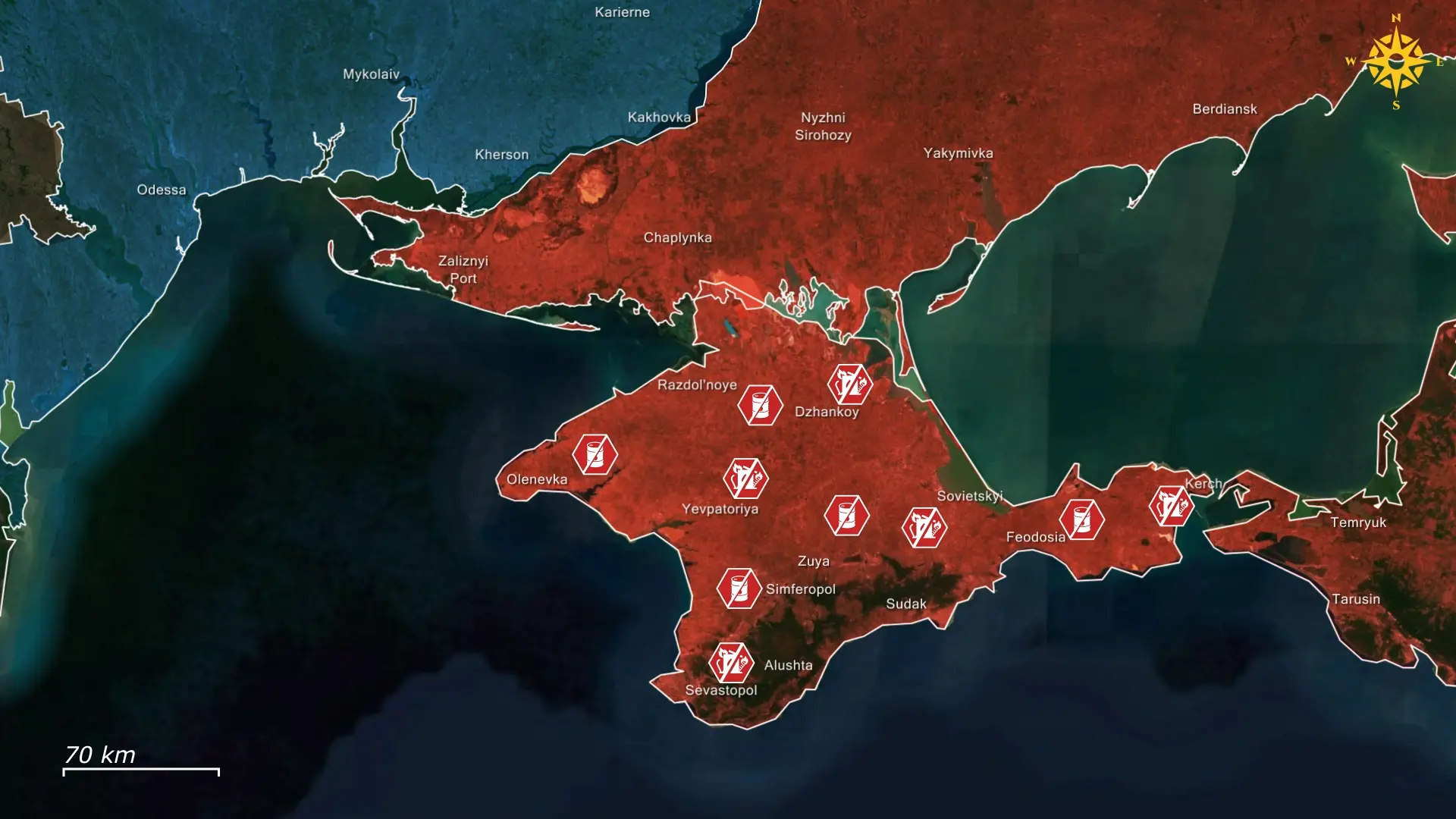
First, Ukraine struck one of the biggest and most important oil terminals in Crimea with a precision drone attack, as that first hit ignited several tanks and produced a large, sustained blaze on the Feodosia oil terminal. After the fire partly subsided, follow-up strikes hit the terminal again and reignited burning zones, spreading damage to adjacent tanks along with port-side equipment.
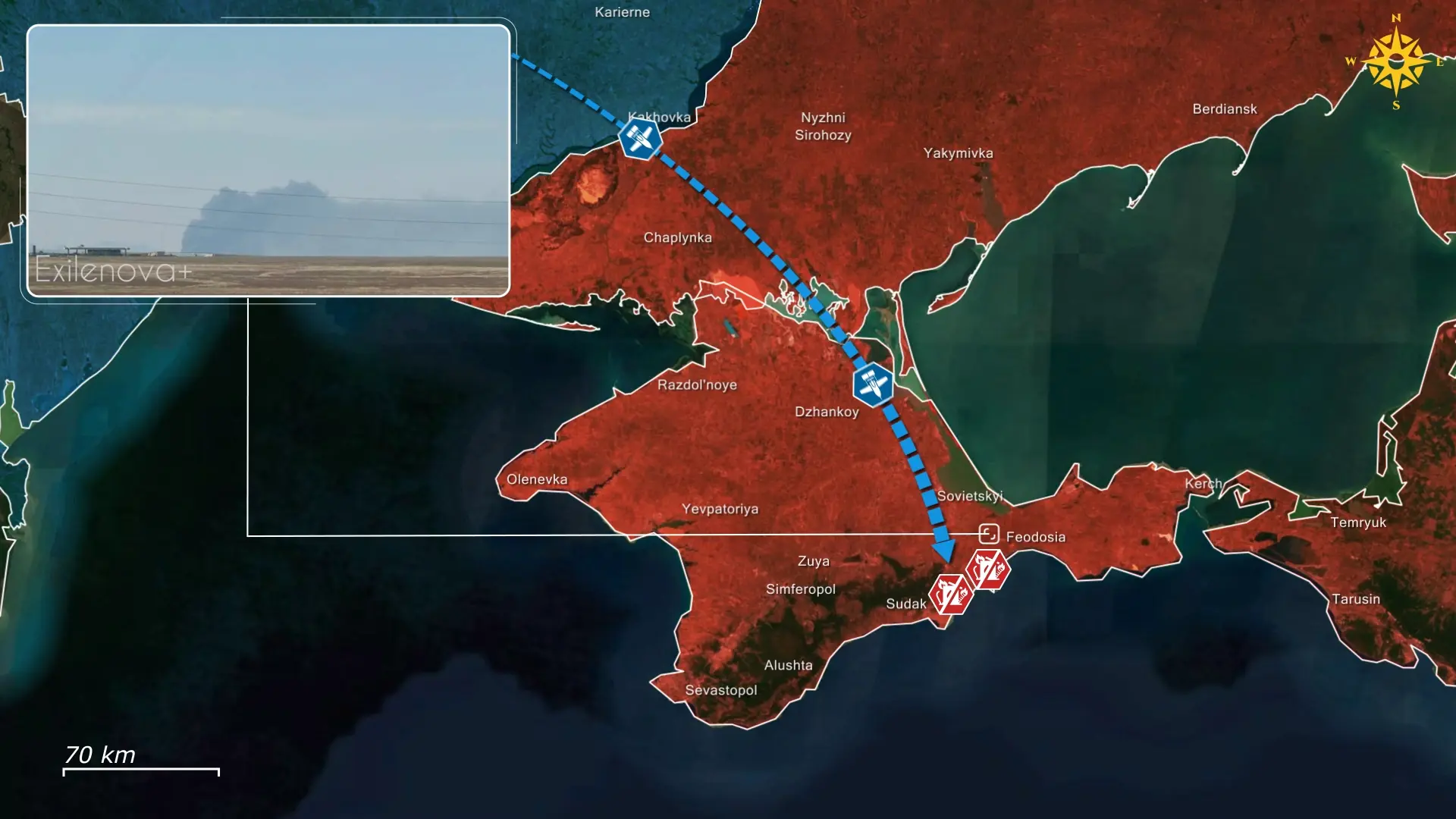
Open-source satellite and thermal imagery now show double-digit losses, as the imagery shows at least 11 tanks destroyed and multiple additional tanks badly damaged or in urgent need of repairs. The initial strike, re-ignition, follow-up strike, continued burning, turned a single incident into a week-long event that shredded Feodosia’s usable diesel, gasoline, and oil storage and left the depot smoking for days.
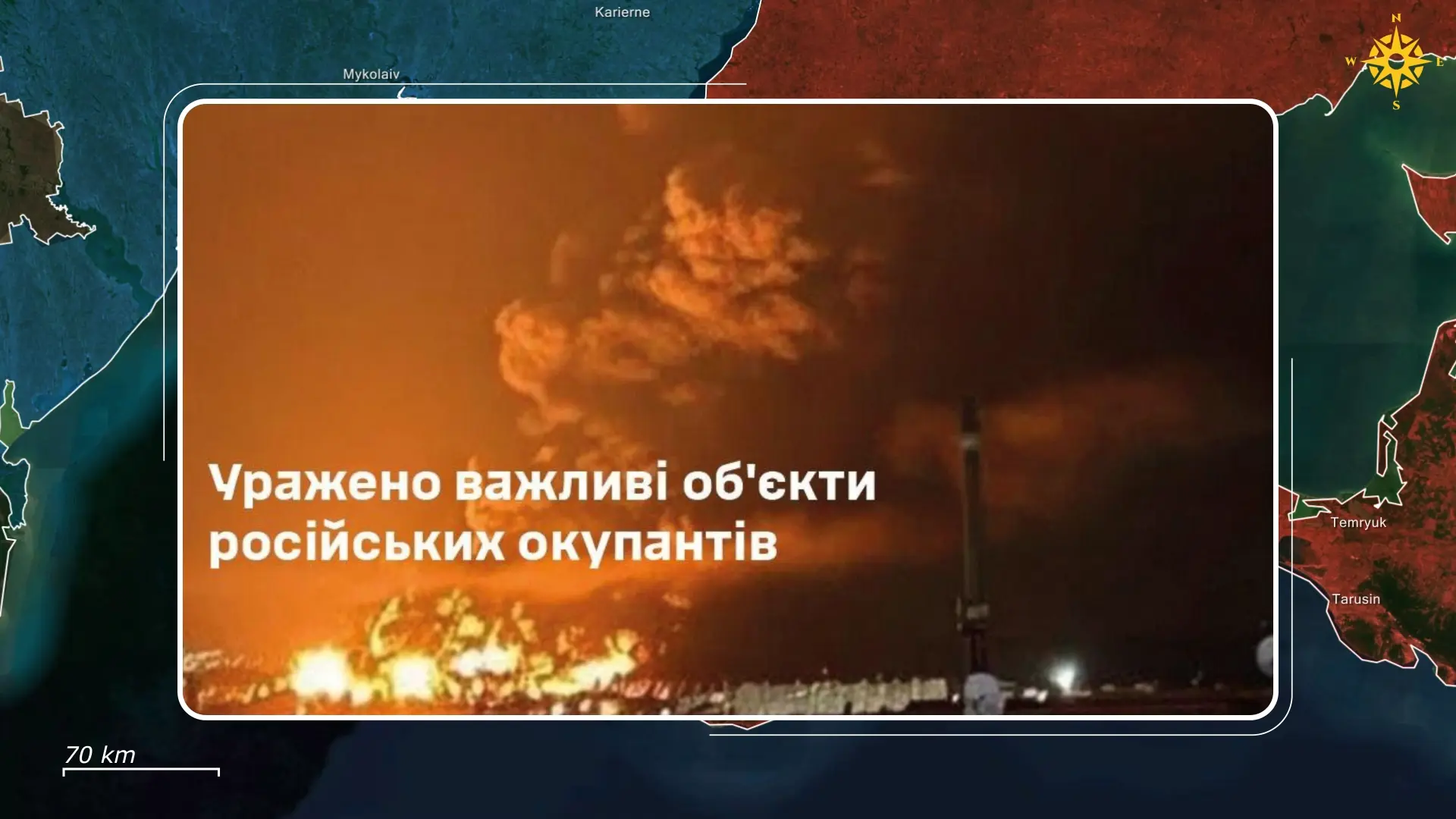
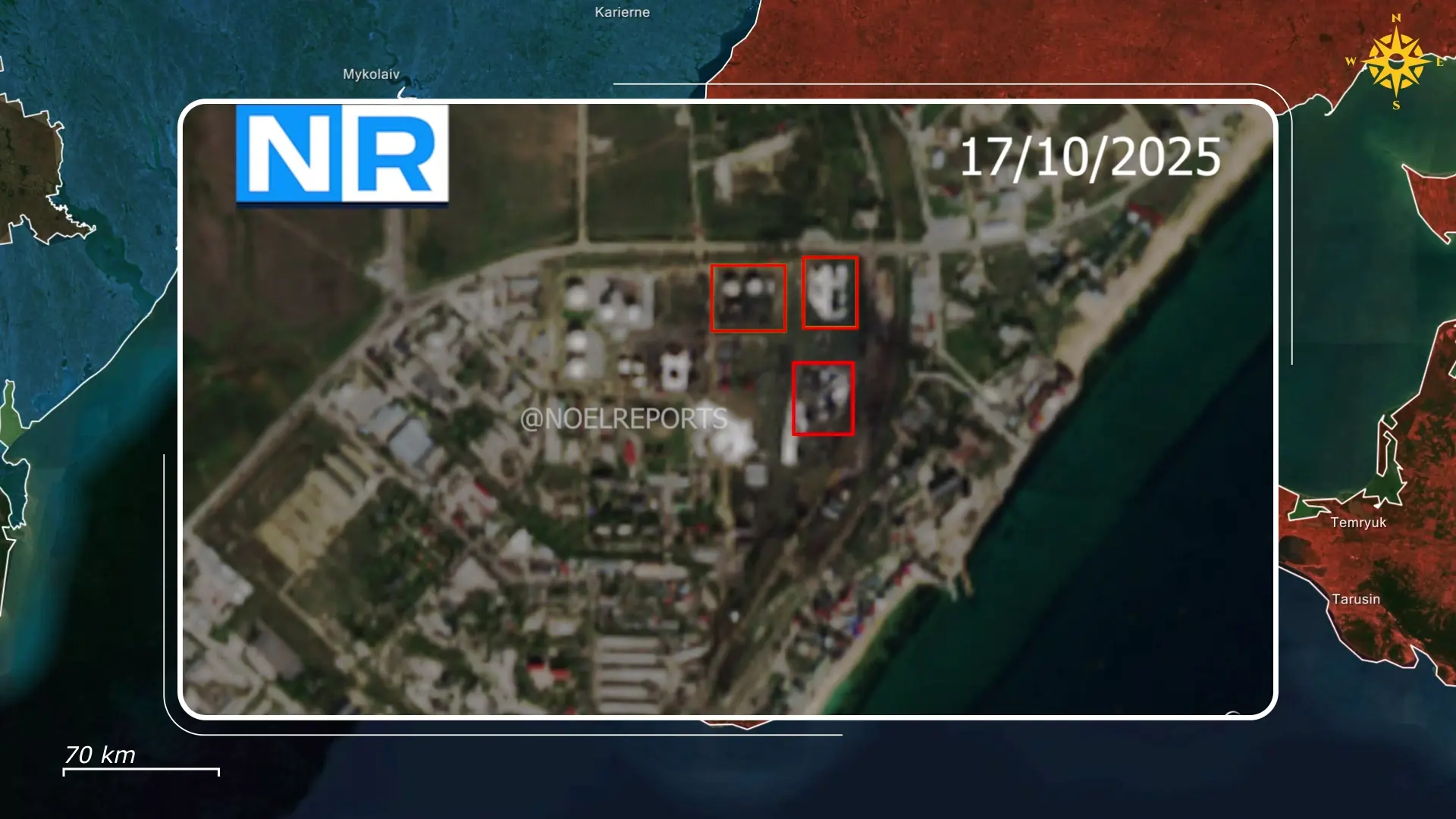
With the terminal in ruins and visible flames in the background, pump prices across the whole southern Crimea spiked and queues lengthened as traders and residents reacted to the sudden collapse in available supply. Terminals are built to resist rapid destruction, as tanks are spaced apart and fitted with firewalls, foam suppression, and isolation valves that prevent a chain reaction.
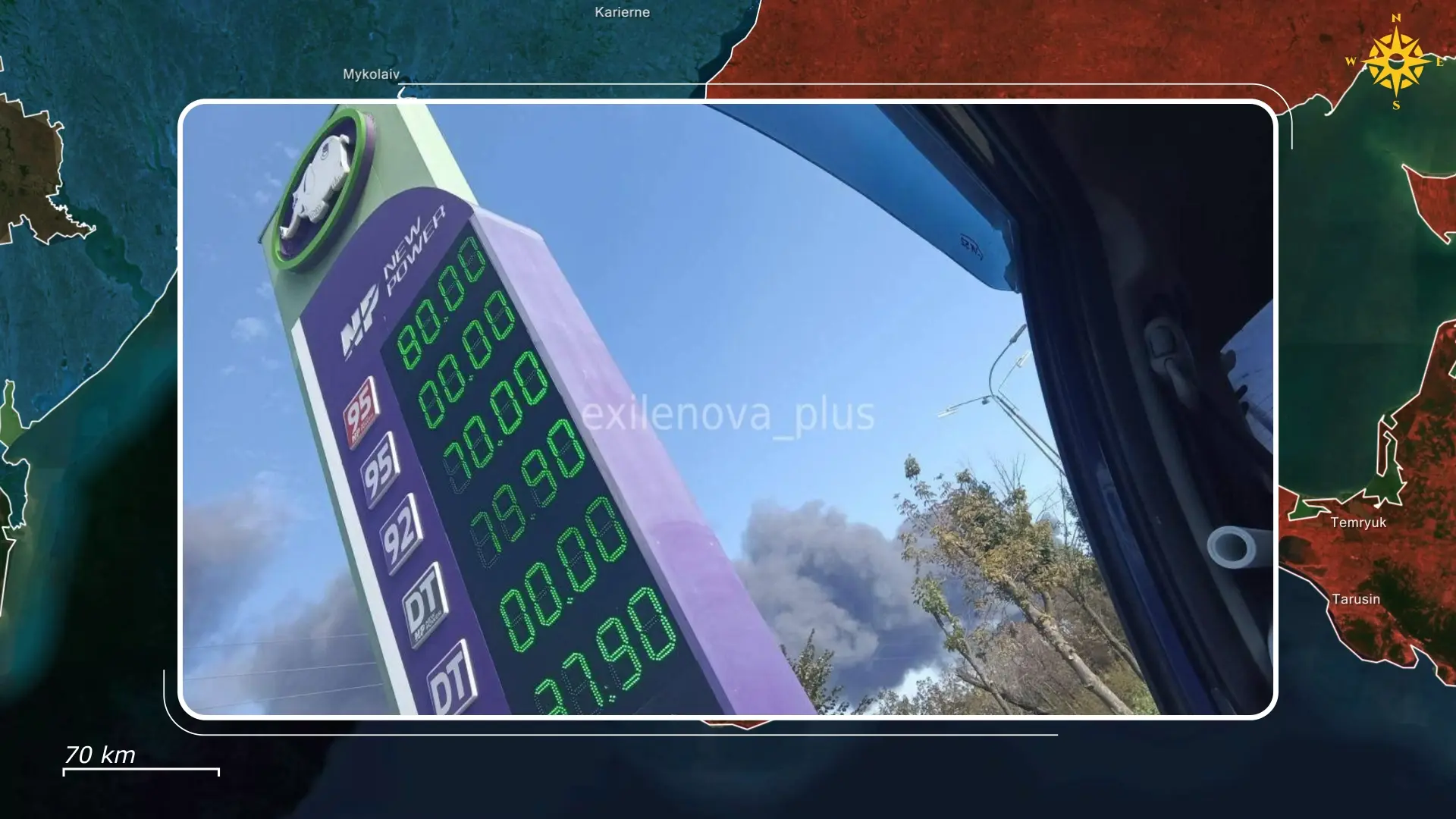

Russians have now often added berms, cages or other external shielding around most tanks, which makes destroying them even harder. Rapid firefighting and cooling efforts further delay thermal escalation. Because of these layers of protection, a single strike rarely finishes a whole facility; repeated precision hits or prolonged thermal stress are needed to bring it down successfully. That is why a week-long campaign was necessary, but also so effective in damaging and destroying two dozen fuel tanks in a region already in crisis.

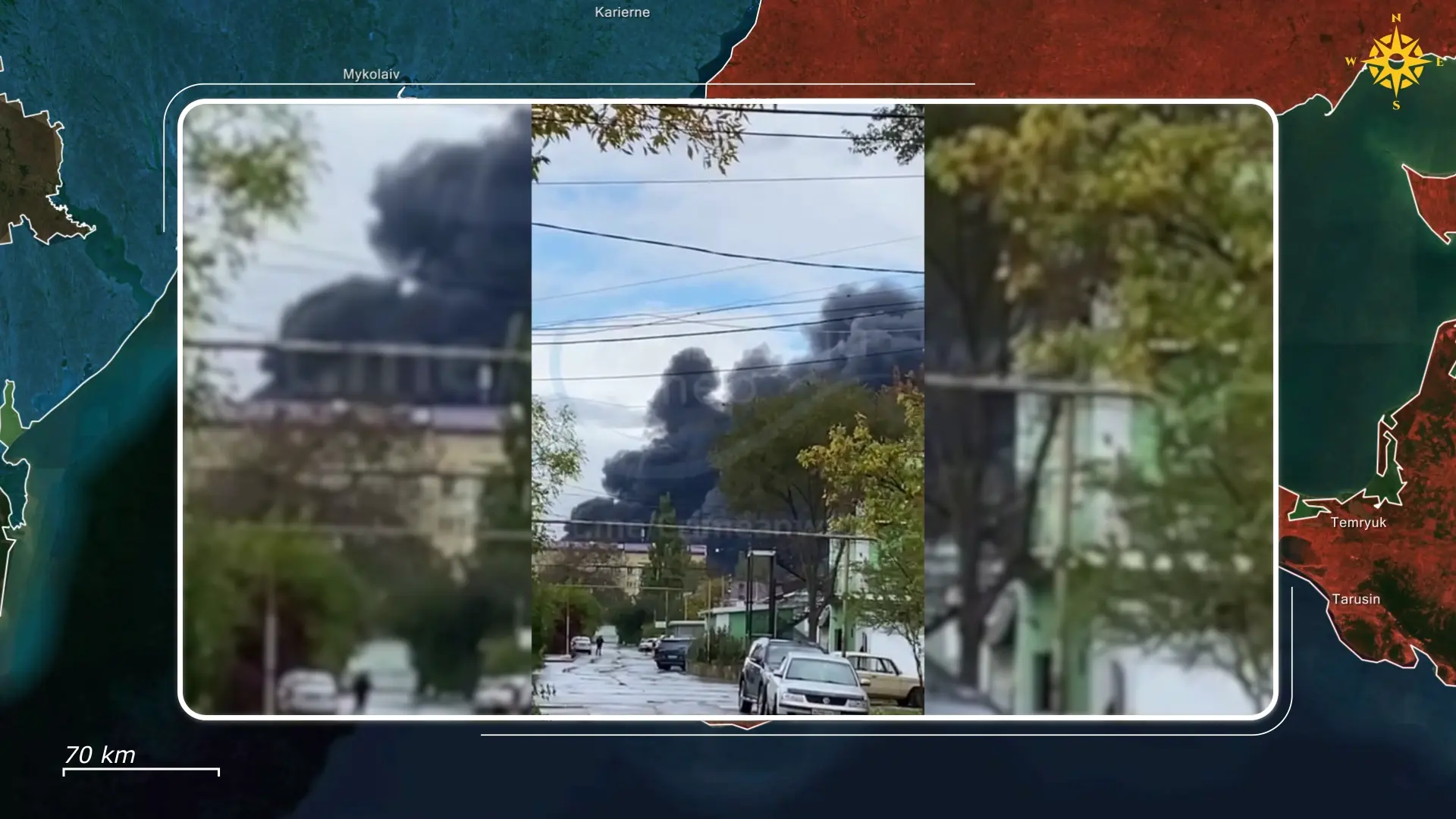
Feodosia was not the only target, as in recent nights Ukrainian strike waves ignited depot fires at Gardeskove and Karierne, struck rail-side storage clusters, and hit several major transmission substations, notably the Kafa 220-kilovolt substation near Feodosia and the 330-kilovolt Simferopol distribution hub, producing outages and thermal hotspots visible on Nasa Firms imagery. Russian-installed officials reported power disruptions across Simferopol, Feodosia, and neighboring districts as emergency teams worked to contain fires at multiple sites.
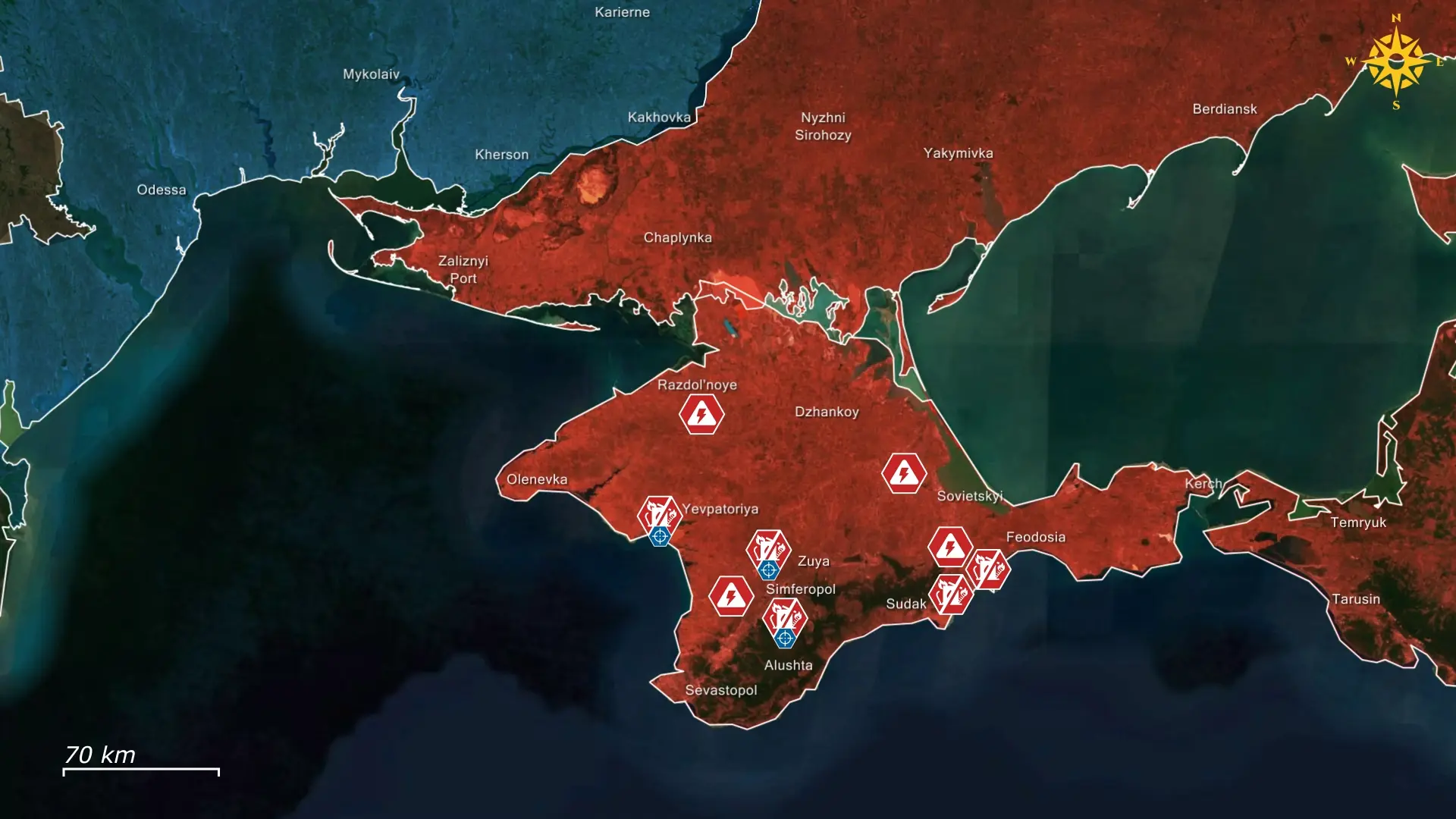
The civilian side is even worse, as local monitoring and activist channels report diesel and gasoline shortages in Zuya, Alushta, Perevalne, and parts of Simferopol, and occupation authorities have imposed rationing and a temporary price freeze to restrain panic buying. Two weeks ago, the Kremlin-appointed head of Crimea Sergei Aksyonov, promised quick fixes, saying 95 stocks would return in days and 92 in roughly two weeks. But those deadlines have long since passed as fires continued, and specialist repair crews were hard to mobilize.
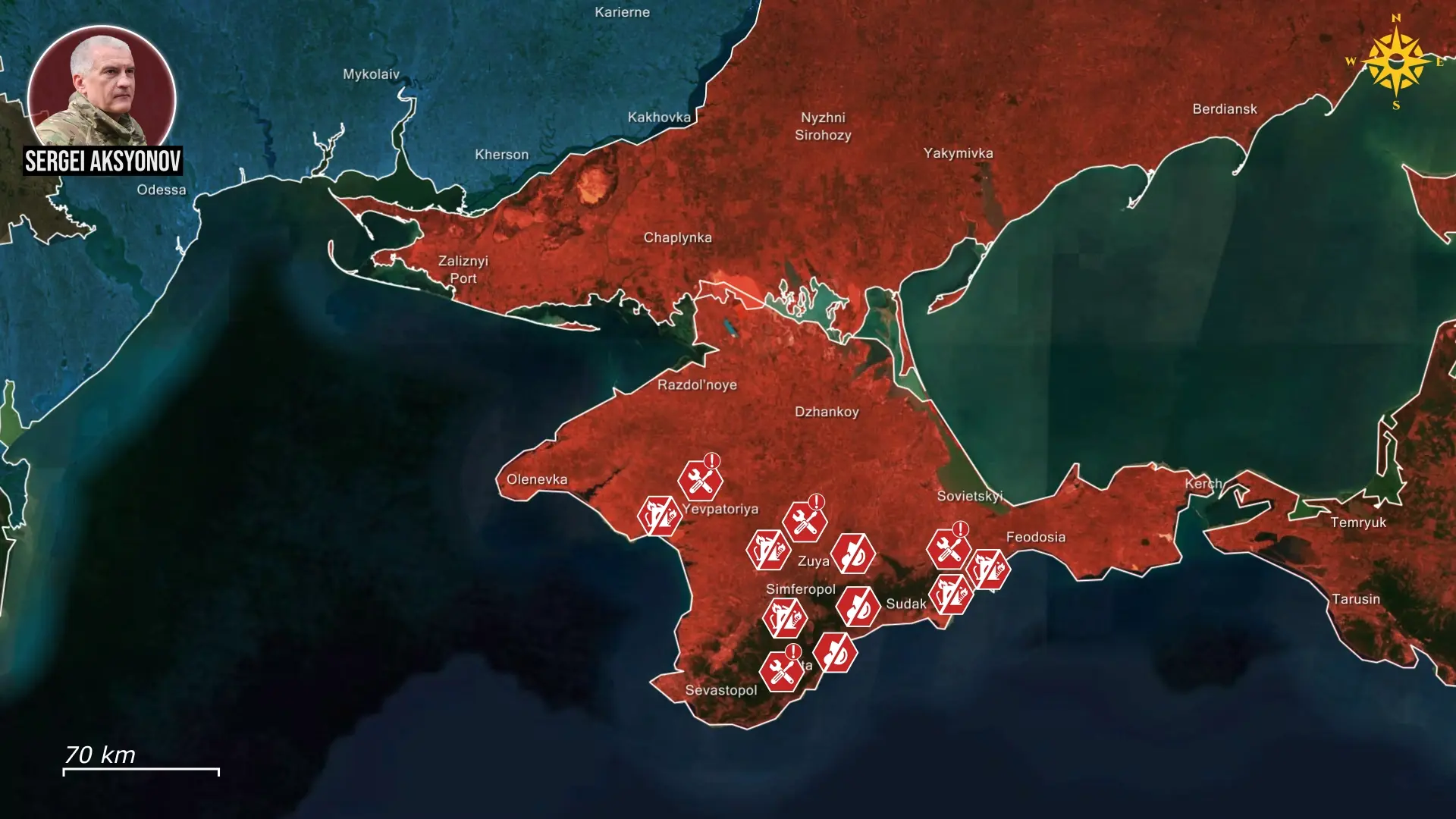
In short, damaged tanks and a ruined power grid resulted in leaving residents with longer queues, strict purchase limits, and unreliable supplies overall. Those conditions are bearable for a few weeks, but if rationing and blackouts stretch into a month to two months, the impact moves from inconvenience to economic and social harm. Small shops and taxis have already stopped operating reliably, heating and transport costs spike, and households exhaust savings set aside for emergencies. Very rapidly this will turn private frustrations into public ones, as pro-Ukrainian slogans will increasingly resonate in the marketplaces and neighborhoods of Crimea. Persistent queues, repeated multi-day blackouts, measurable business closures in towns like Feodosia and Simferopol, are only the beginning. As Russian authorities in Crimea are unable to bring an end to the crisis, breaking promises along the way, genuine civil unrest will start to build.

Overall, the strikes on Feodosia and related energy nodes have done more than produce temporary disruption. By burning significant volumes of stored fuel and damaging distribution nodes, attacks have stripped Crimea of the short-term buffers that normally smooth supply shocks and have multiplied the burden on repair teams. Sustained shortages and power instability give critics of the Russian presence a clear, concrete grievance to point to, and they increase local pressure on Russian authorities who have so far failed to address restoration problems, risking genuine increases in revolt and partizan movements across the peninsula.
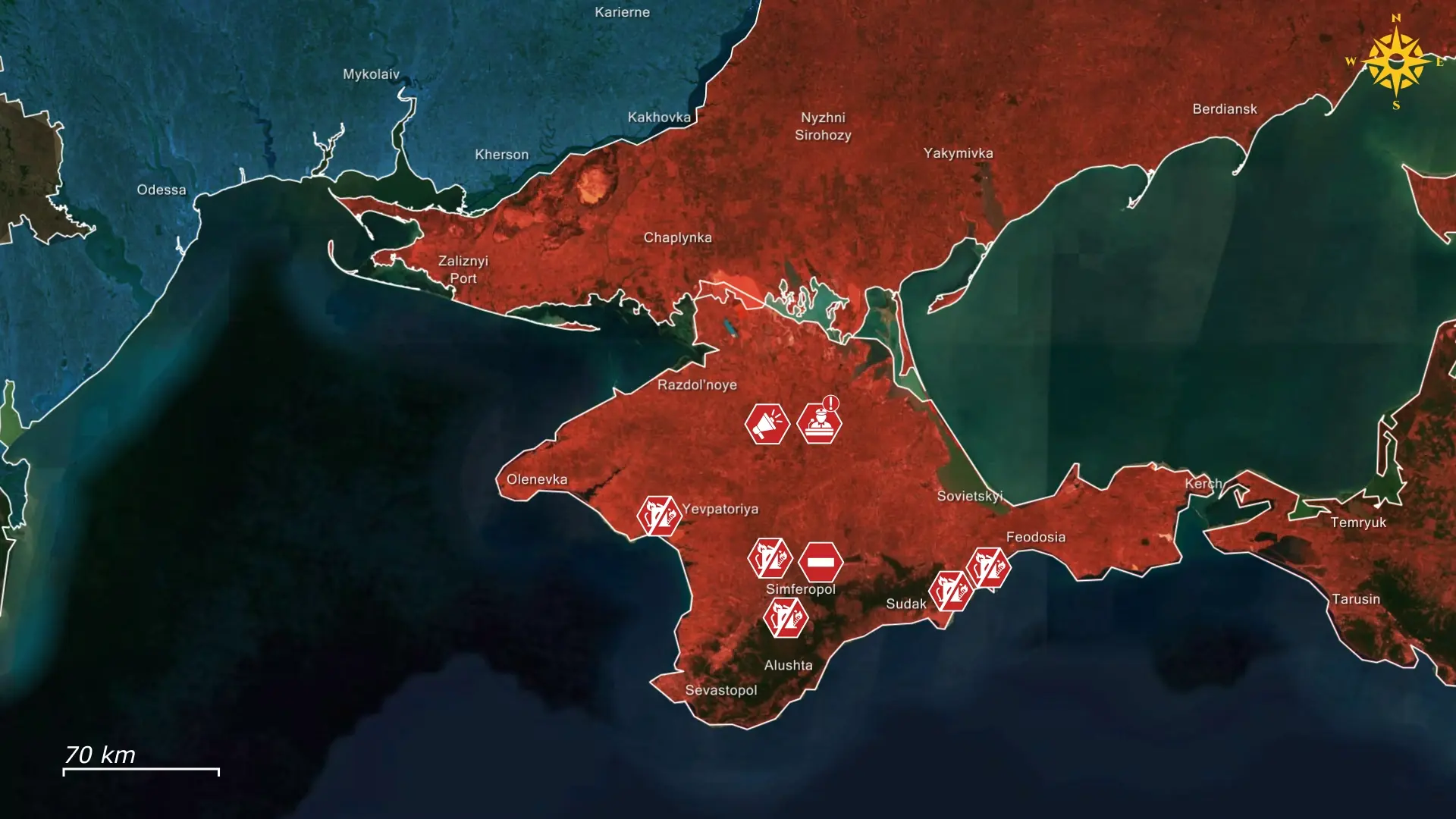








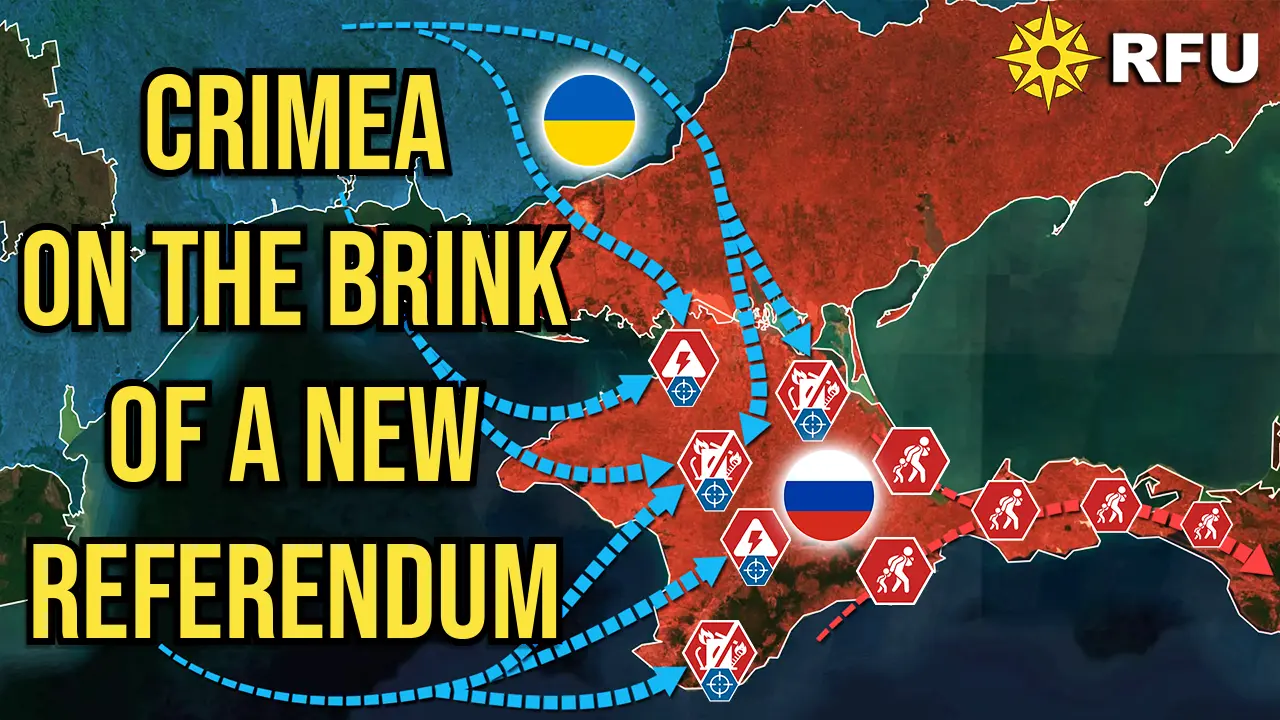
.jpg)
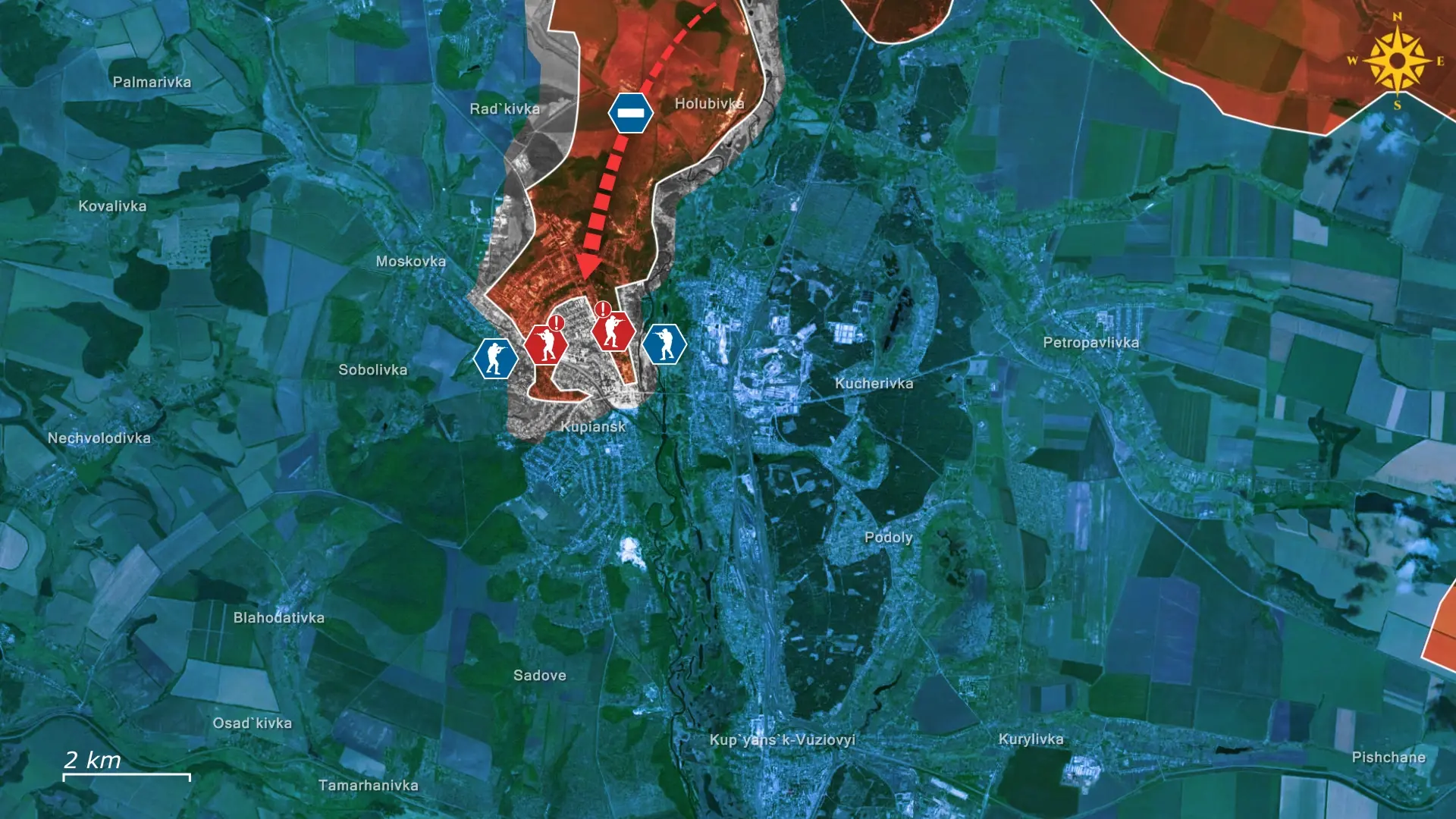
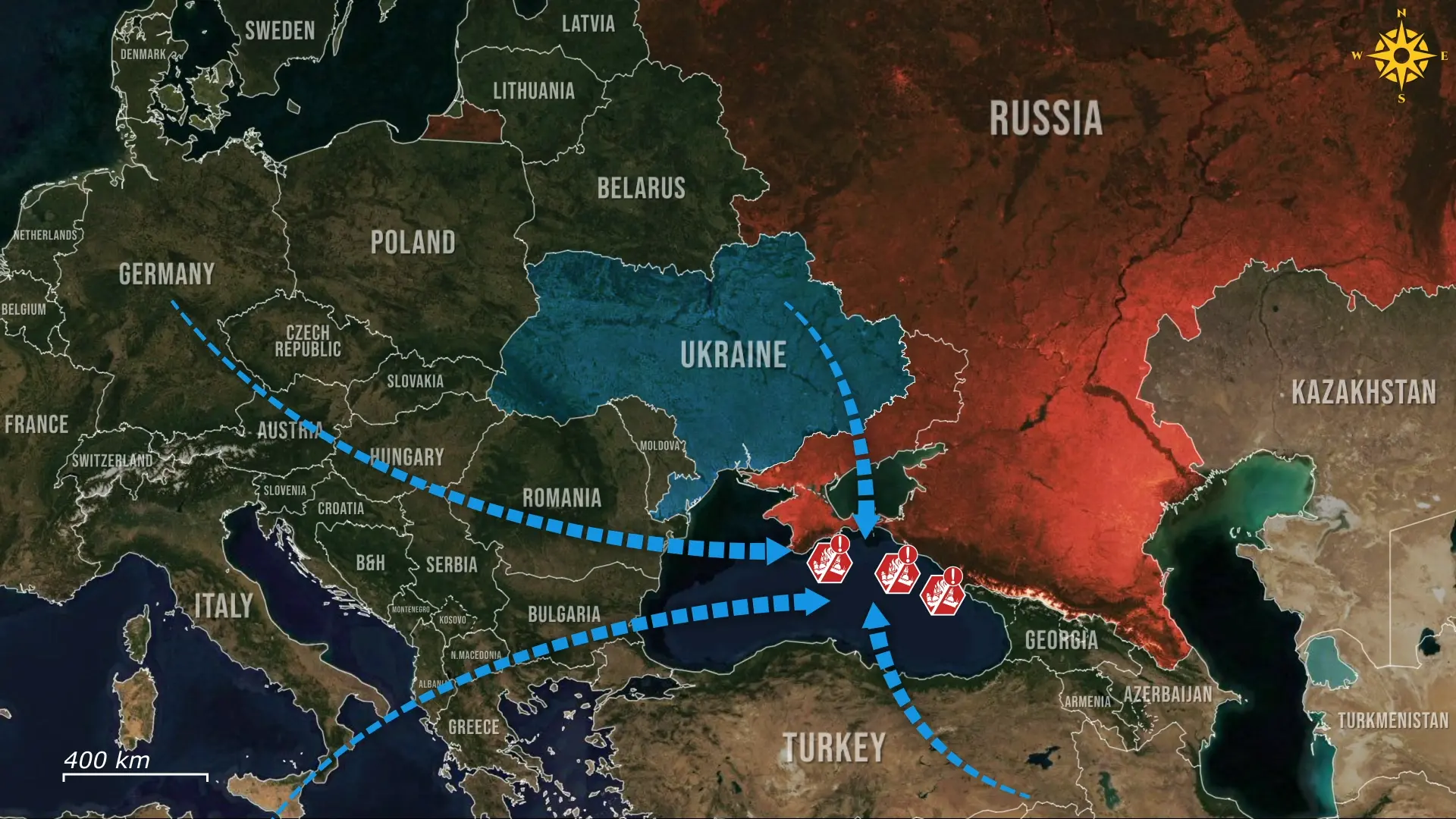
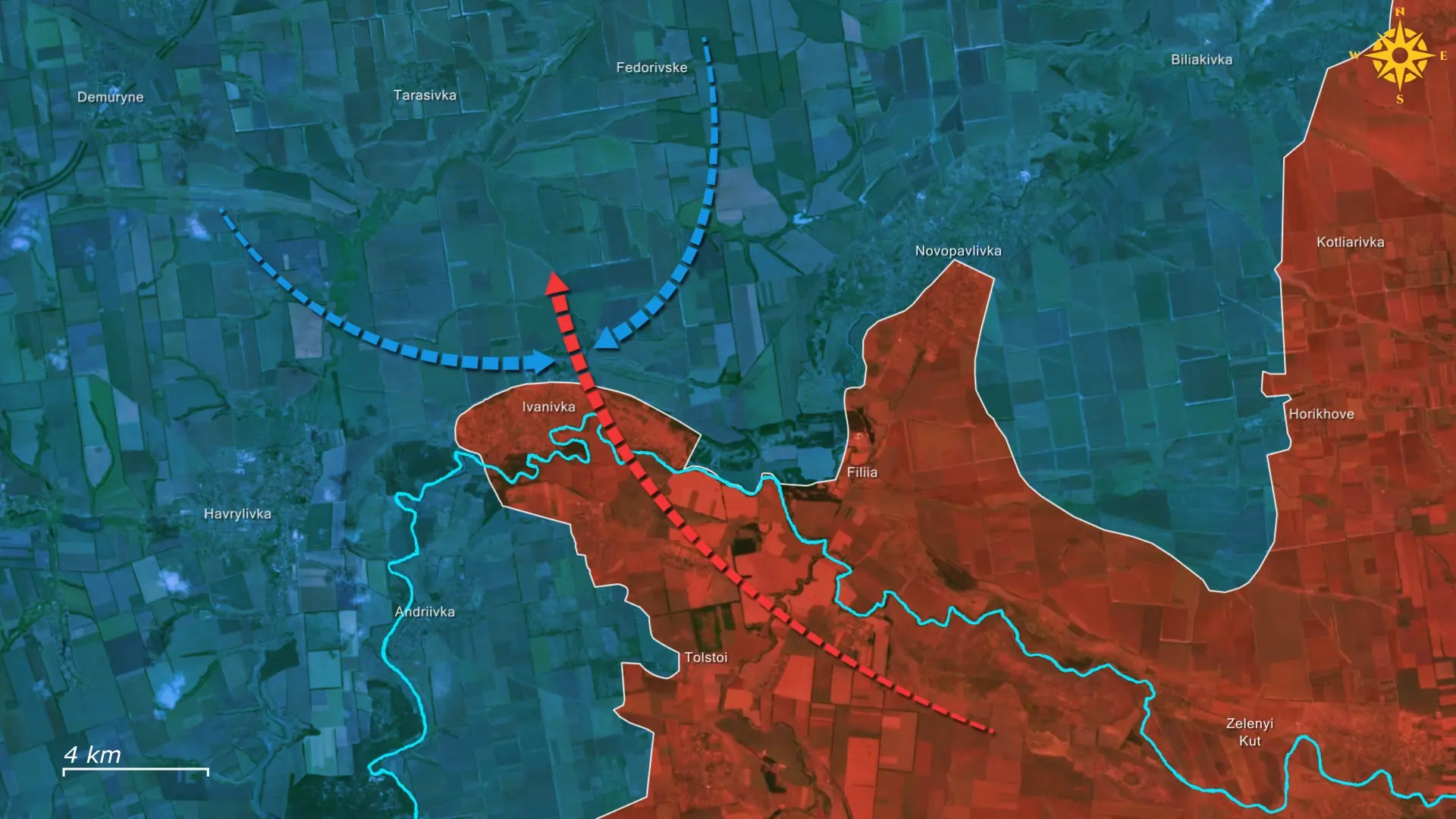

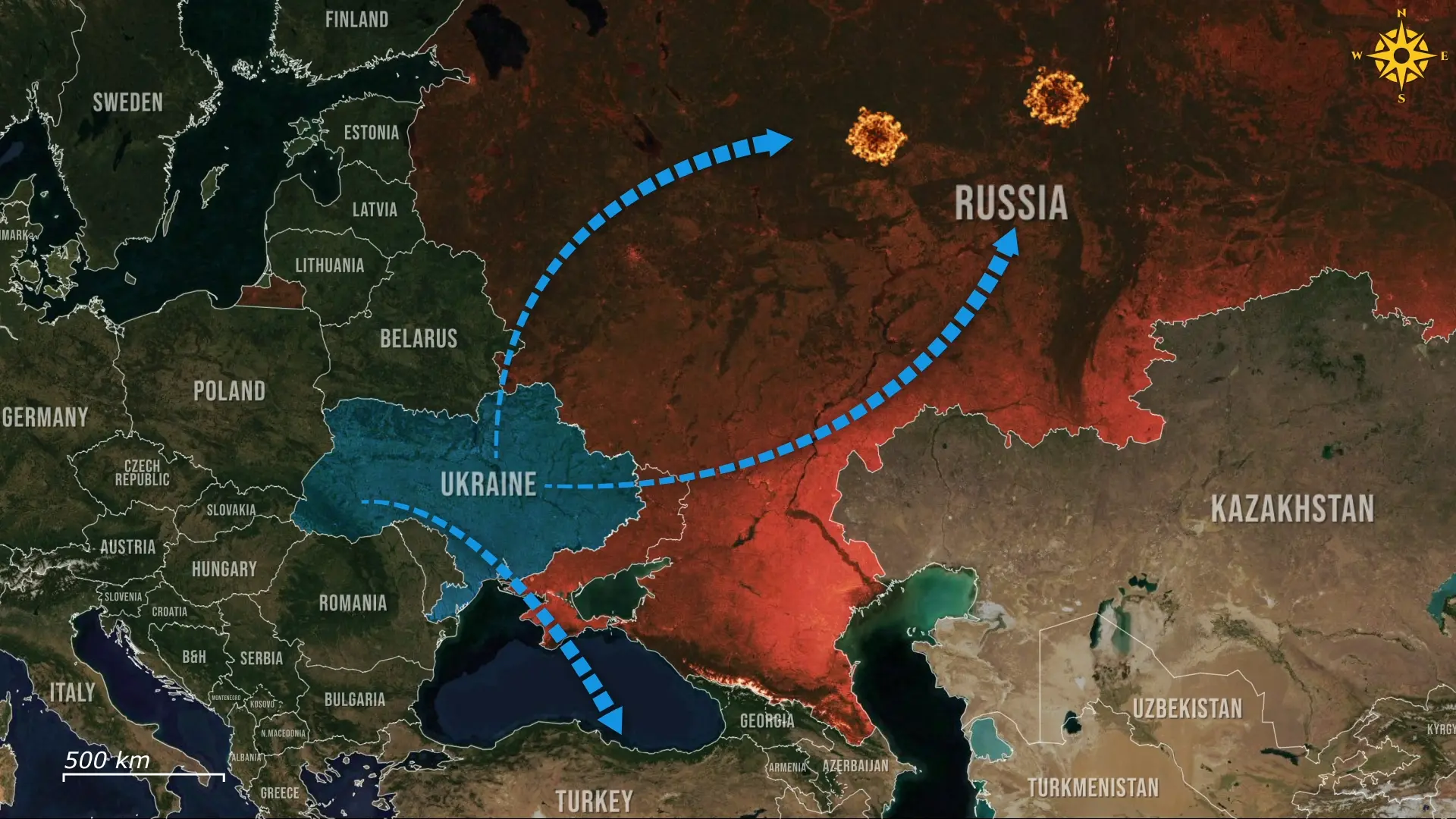
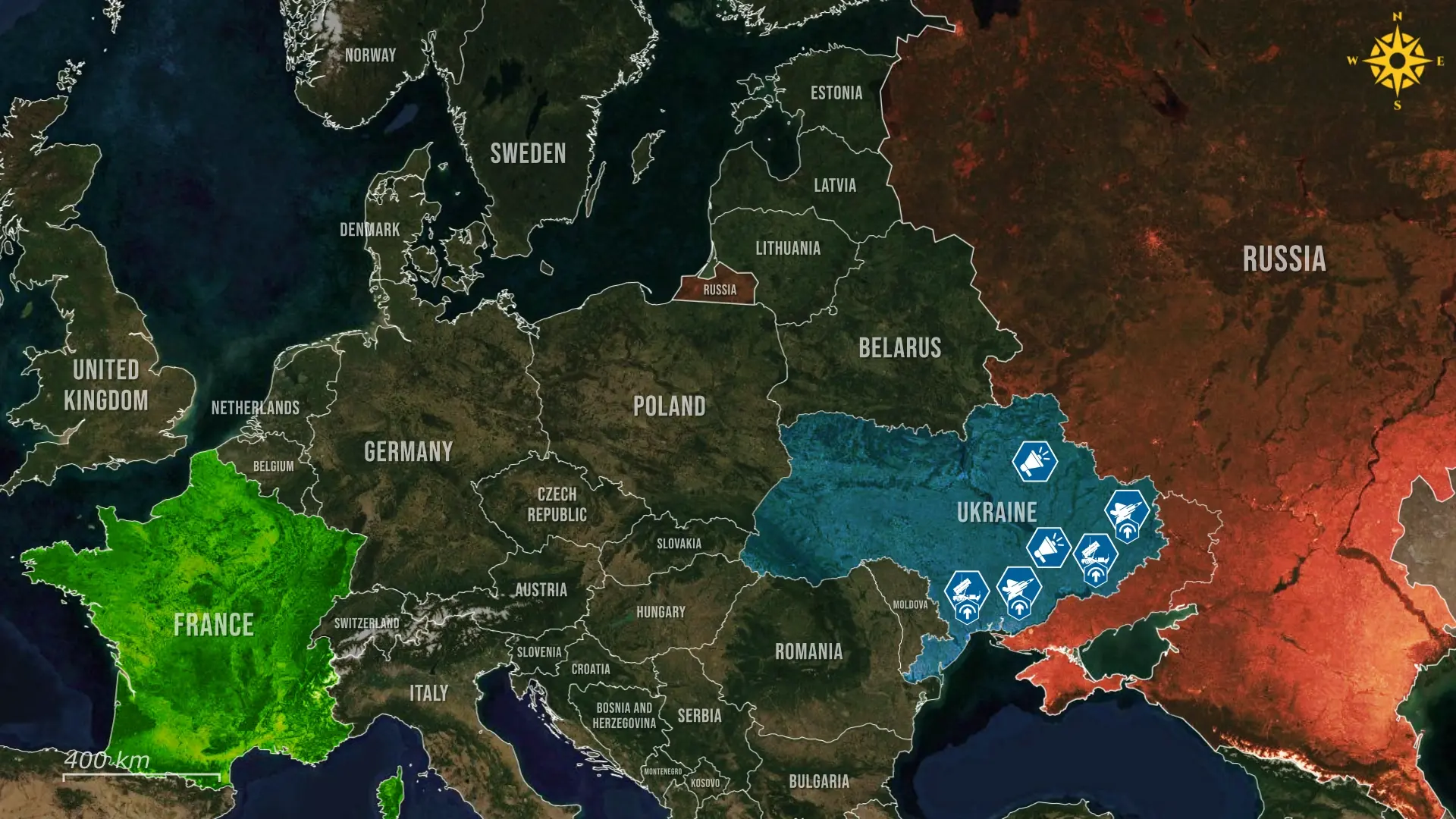
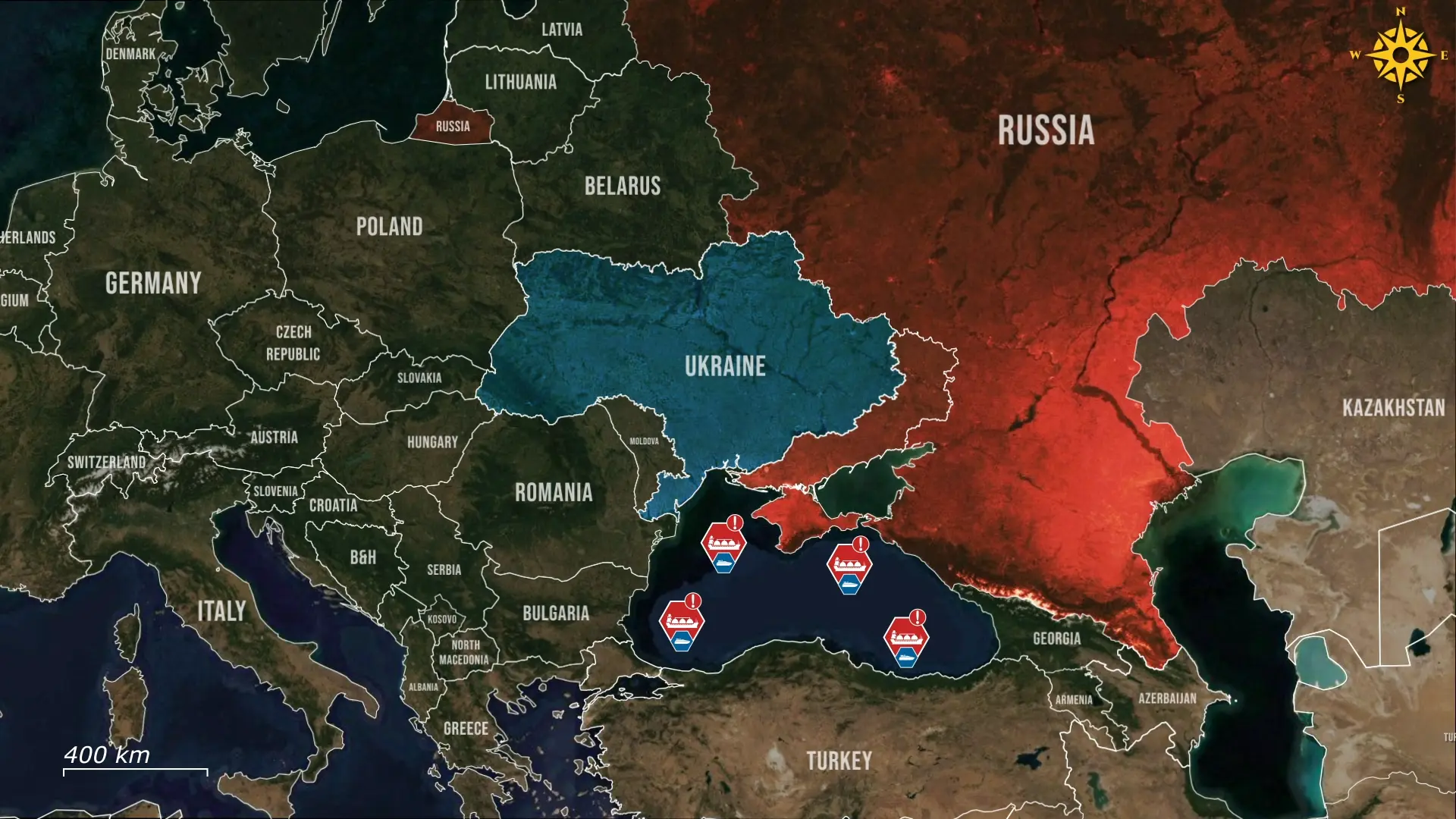
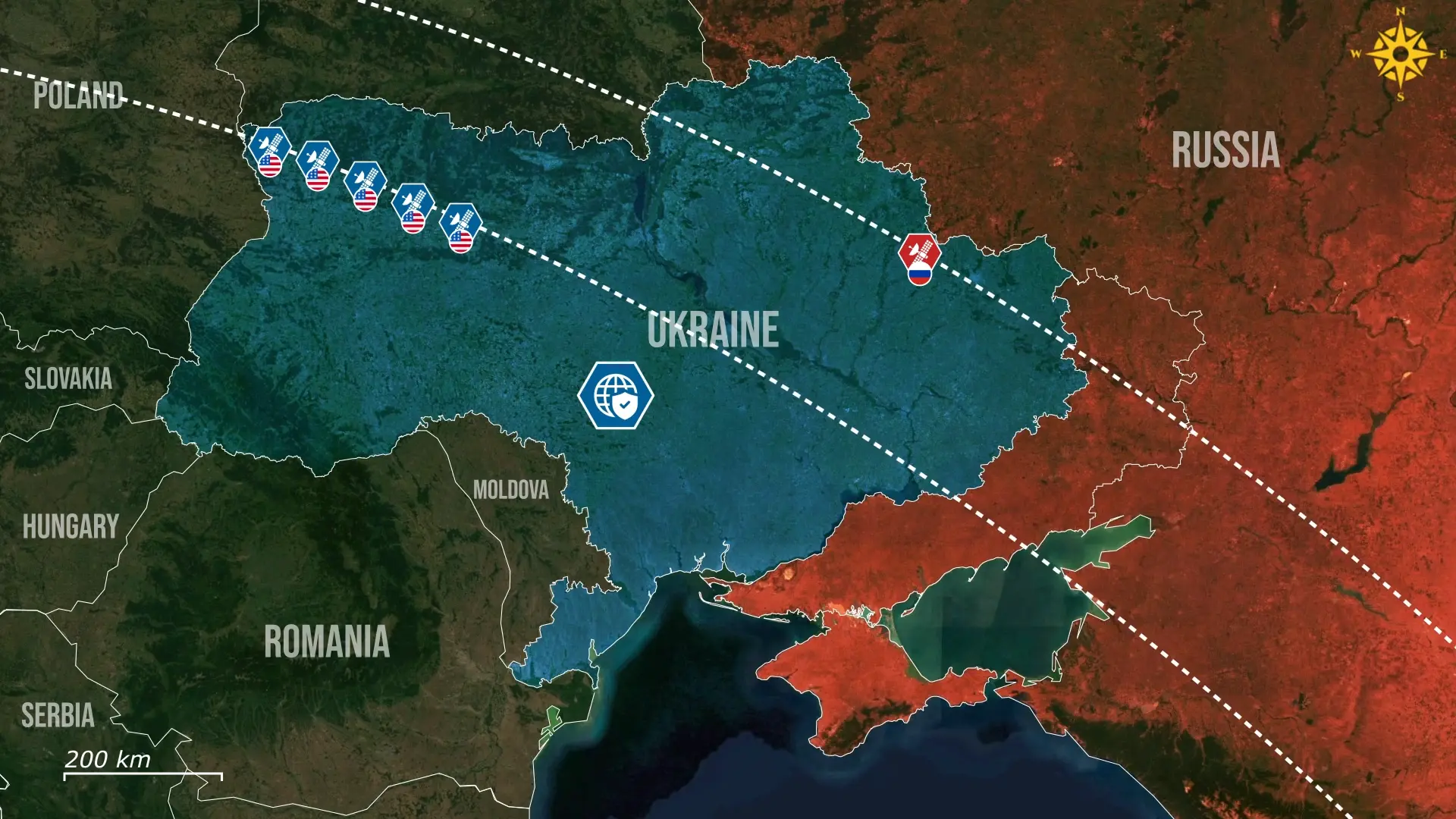
Comments